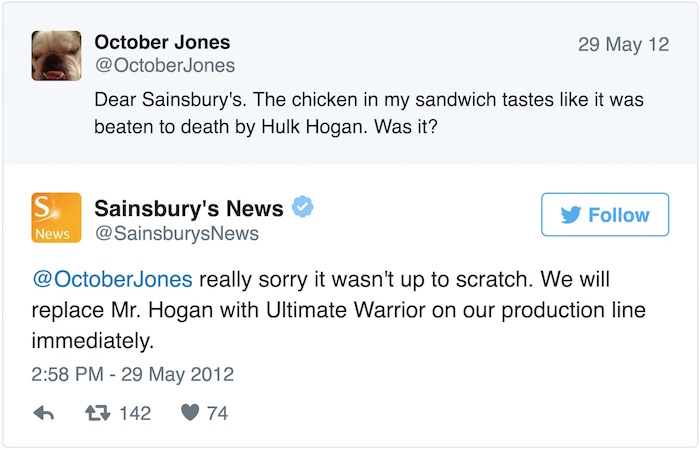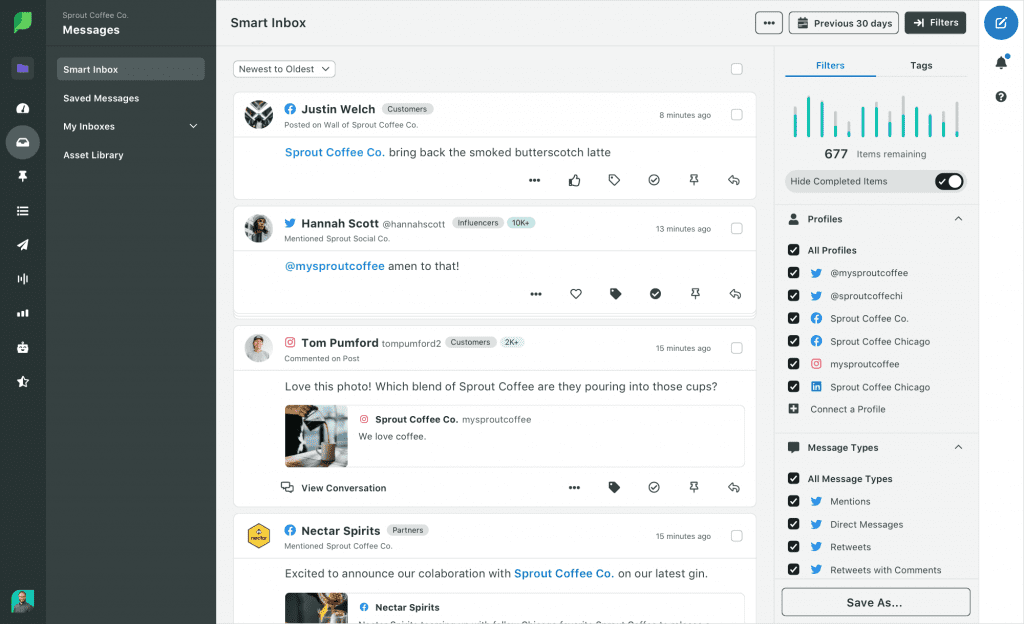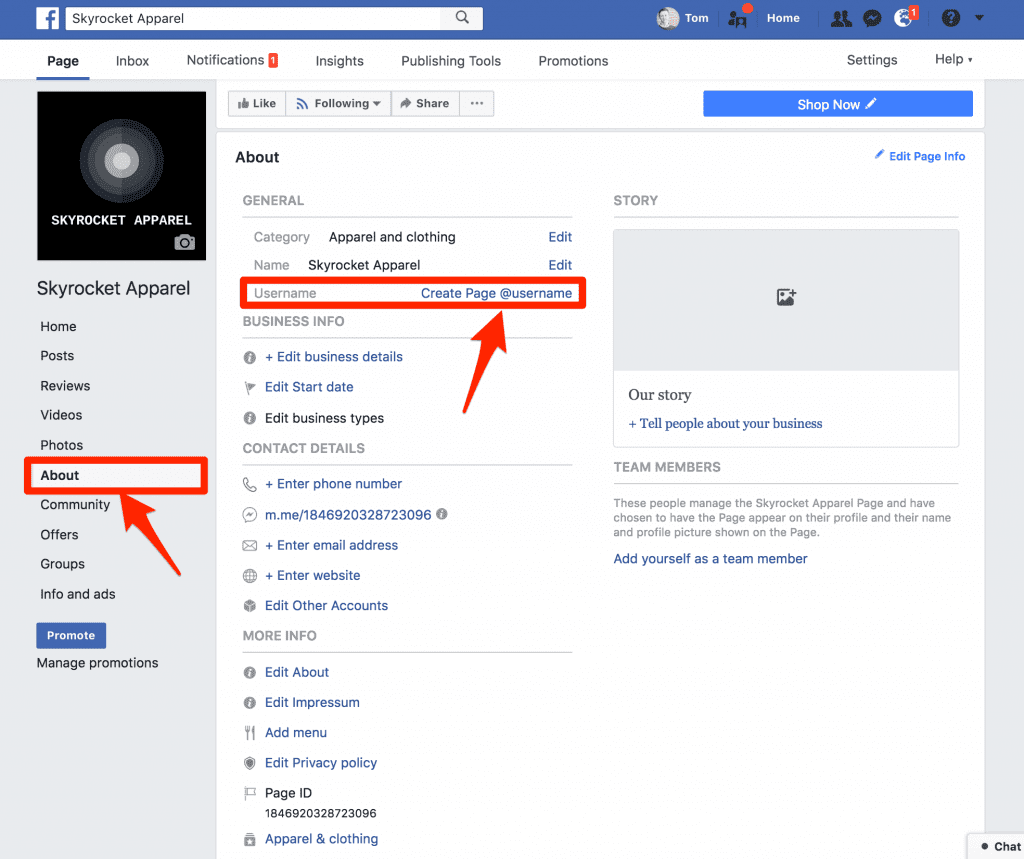How to Use Social Media Optimization in Your Reputation Management Strategy

In today’s world, social media has emerged as a popular medium to build brand authority and emerge as a customer-centric brand.
You would be surprised to know that around 88% of people rely on online reviews before deciding. A brand with an impressive social presence and positive customer reviews will likely attract more leads and conversions and thus enjoy a competitive edge. Hence, it’s a strategic move to blend social media optimization with innovative online reputation management strategies to fatten up your bottom line.
Let’s discuss what reputation management is and how social media optimization can help you emerge as a credible brand.
What is Reputation Management? How to Use Social Media?
Generally, reputation management involves handling and managing the public perception of your brand, which influences the value that people place on it.
Social media is now part of public relations. With the latest developments in this field related to the growth of the internet, the overall outlook of search results has changed and become an integral part of people’s perceptions. This perception is what we call reputation, and businesses play with this perception.
As a result, a significant shift can be seen in the demand for specific products and services.
Online reputation management involves monitoring the brand’s reputation and addressing content that could damage the brand name. This could be anything from a nasty reply from an angry consumer to repeated online complaints.
We must prepare before the storm reaches the city; similarly, you should address these issues before they leave negative feedback. Never ignore consumer concerns, as it shows you no longer care for your consumers.
Why Is Social Media Optimization Important?
According to Statista, the world’s current number of social media users is 2.65 Billion. Socially savvy consumers are likely to share their positive/negative brand experiences on popular social channels like Facebook, Twitter, and Instagram. Thus, it’s important to create a smart social media optimization plan and ensure that your brand always remains in the limelight.
Here are some crucial facts that support why your online reputation matters on social channels:
- 97% of the consumers read reviews online before making a purchase
- An average customer tends to read at least 10 reviews before choosing a product/service
- Negative customer reviews can drop your sales from 5-8%
Considering such facts, many brands have adopted social media optimization techniques to influence their buyers’ minds and purchase decisions.
Social Media Optimization Techniques Used by Leading Brands
Some of the general tactics companies use to manage a reputation online:
- Companies improve their tagging and SMO for the published materials, such as positive customer testimonials. This helps push down harmful content posted by the public.
- Companies tend to publish original and positive content with better social media profiles. This is done to outperform negative results in a search.
- Many companies submit online press releases to authoritative websites to promote brand presence. This, in turn, suppresses negative content.
- Positive brand mentions from the general public or third-party sites that rank highly on Google are like oxygen to relapsing websites. Companies capitalize on this to curtail the issue of harmful content.
- Marketers use spam bots and denial-of-service attacks to remove harmful content from the web entirely.
- Businesses create anonymous accounts that create positive reviews and use them as a medium to lash out against negative reviews.
- Some businesses offer free products to prominent reviewers to purchase and spread positive word of mouth.
- Businesses are never on the back foot when responding to public criticism of recent changes.
- They also remove images that may prove embarrassing or violate copyright, as those can harm their credibility and authority online.
1. Start with monitoring your social media
Monitoring your social media profiles and business pages to understand what customers are looking for is critical. Social monitoring helps you know what grabs your audience’s interest, which, in turn, narrows down the scope needed for better analysis.
You can use various social media tools online to monitor your social media. This way, you never miss a single opportunity to track your social presence.
Image Source
One such tool is Sprout Social, which offers a comprehensive approach to reputation management. Sprout Social helps brands address consumer concerns and issues. It also tracks the social media for each brand mention. It corrects the misspelled brand name and provides essential keywords within your industry.
Another highly sought-after and intelligent social media monitoring tool is Mentionlytics. This tool boasts several unique features that make it easier to mention insights, discover new influencers and leads, and take your brand’s reputation to a whole new level. It suits all-sized businesses and helps people emerge as thought leaders/influencers.
2. Create unique and relevant social media posts
A study from Sprout Social suggests that 41% of people unfollow a brand on social media if they find their posts dull or irrelevant.
If there is anything unique and different, it instantly attracts the attention of social media users. Make sure to create posts that are hits among your users. You can use images, videos, gifs, hashtags, or whatever is needed to make each post unique. Ensure the posts are crisp and clearly convey your message with a distinct element. Also, your social media posts should be short because users don’t invest much time on long posts, and they quickly move without even opening them.
3. Create a detailed social media profile
Image Source
As per HuffPost, creating a detailed and interesting social media bio is an ideal way to spark the interest of your potential customers. Further, putting up a profile picture along with a cover or background picture is required to create a detailed profile. Use authentic images on your social media profile that better represent your brand.
Always use your brand logo and include contact information in your profile. Using the company logo creates an impression that builds credibility and authority in the minds of your potential customers. If you don’t have a website link to navigate your social media profile, try adding contact information, such as phone number, email address, or company mailing address. This makes it easy for your customers to contact you over the phone.
4. Build your network
Social media optimization can help you grow your brand, foster a positive reputation, and facilitate more opportunities.
Make as many contacts as possible over social media. You don’t need to make connections out of your target. First, understand and analyze the demographics you are targeting. You will discover only a fraction of social media users should actually be targeted.
Use hashtags to find people who share common interests and connect with them. You can also include a call-to-action (CTA) button on your social media page that directly takes consumers to your website or directs them to contact you over the phone. Hashtags and CTAs build curiosity in people to take action and navigate through your business page to learn more.
5. Make authentic connections
People value authentic brands—as well as those that care for their customers and invite valuable input. Be sure to interact with the public rather than sharing a single post. Respond to any comments and feedback you get on your posts. Share positive feedback, as it builds a brand name and helps spread positive word of mouth in the community. Address customers who criticize your company with a positive outlook.
6. Choose the right social platform
Different social platforms are meant to address different needs.
Some build professional networks (LinkedIn), some encourage creativity (Pinterest, Instagram), some are for open discussion (Twitter), and some reflect your social life (Facebook). Therefore, you need a different approach for every platform.
Analyze what you want out of your brand image and choose the right network to capitalize on this need and build an excellent reputation.
7. Create useful content
According to eMarketer, 60% of marketers invest time crafting at least one piece of content every day to attract customers’ attention.
Create meaningful content that people would like to share. This helps your business establish the right brand name.
Analyze the pattern in which your target audience reacts to your content. This is a crucial part of social media monitoring. Your content may include memes, tutorial videos, instructional pictures, short stories, and descriptions of your business, products, and services.
Also, longer content is likely to perform better in search results. It’s now recommended to create content materials that contain more than 1890 words.
8. Seek help from influencers
As per a report from Business Insider, the influencer marketing industry is expected to be worth around $15 billion by 2022.
When you launch a new product or service in the market, it can take a massive effort to get your message out there among the audience. This is an area where you may seek help from social media influencers to connect people with your brand and newly launched product. Ask social media influencers to give valuable feedback and product reviews, then share that feedback on your business pages across various social media platforms. Choose niche-specific influencers to voice your brand to the right people.
9. Create interesting social media campaigns
Image Source
Promote your brand through engaging social media campaigns. Come up with a unique concept that piques consumer interest. This will help encourage people to participate in your campaign and popularize your brand on social media.
You can also create contests or polls to get more likes and shares. The best thing about this strategy is that the rewarded customers will automatically convert and act as brand ambassadors for your products and services.
10. Maximize your positive search visibility across social media
Company pages seem authoritative, so registering and setting up social media profiles or business pages will help you maximize your search visibility. Even if you don’t intend to actively engage with consumers on social media, running social media pages will surely help you suppress and push back harmful content about your company.
11. Be Proactive
You can’t always avoid what’s being said negatively about your brand. But you can surely accentuate the good that you have and show it to the rest of the world.
You have no control over the negative feedback your business may receive on social media. Make sure you provide other information that your customers need to make a buying decision.
12. Respond with Maturity
No matter how great your product and service are, you can’t avoid negative reviews online. However, you can attempt to address the complaints and respond with maturity.
If you are proactive on your social media profiles, you have a better opportunity to resolve people’s issues and address their grievances quickly. This attitude of responding proactively helps convey that you sincerely care for your target audience. It also shows that you are dedicated to working with upset consumers and finding a solution to help them overcome their problems.
13. Seek apology for abrupt behavior

How to Use Social Media Optimization in Your Reputation Management Strategy Review Reply
Image Source
You have the liberty to respond to your customers, either privately or publicly. Since you don’t have any solid reason to contact them personally, you should avoid off-web replies and instead respond to them openly. After that, you can invite them privately to discuss further.
Moreover, you should try seeking an apology for any abrupt behavior or action that may trigger heater arguments on your wall. If a negative reviewer is reluctant to talk to you, you should respect their privacy and leave each message on a good note. This helps prevent the situation from getting worse.
14. Don’t get defensive while interacting with people
If someone from your company has done anything wrong while interacting with the customers, don’t attempt to justify their behavior by getting defensive. Whether you’re right or wrong, defending yourself allows the attacker to demean you further, making it better to leave the situation and avoid an emotional reaction. Kill them with kindness! Yes, win these negative trollers with a kind reply.
Handle Negativity with Ease!
People will probably browse through your social media accounts whenever they are to search for your brand online. This indicates that your reputation on social media has as much to do with your brand performance as it does with sales. When digging through your social media profiles, you can’t control what people discover. But you can try to reduce the chances of foul play with your brand’s image.
ReputationSciences.com hopes these reputation management strategies will help you establish the right brand name for yourself.
Thanks for visiting!







